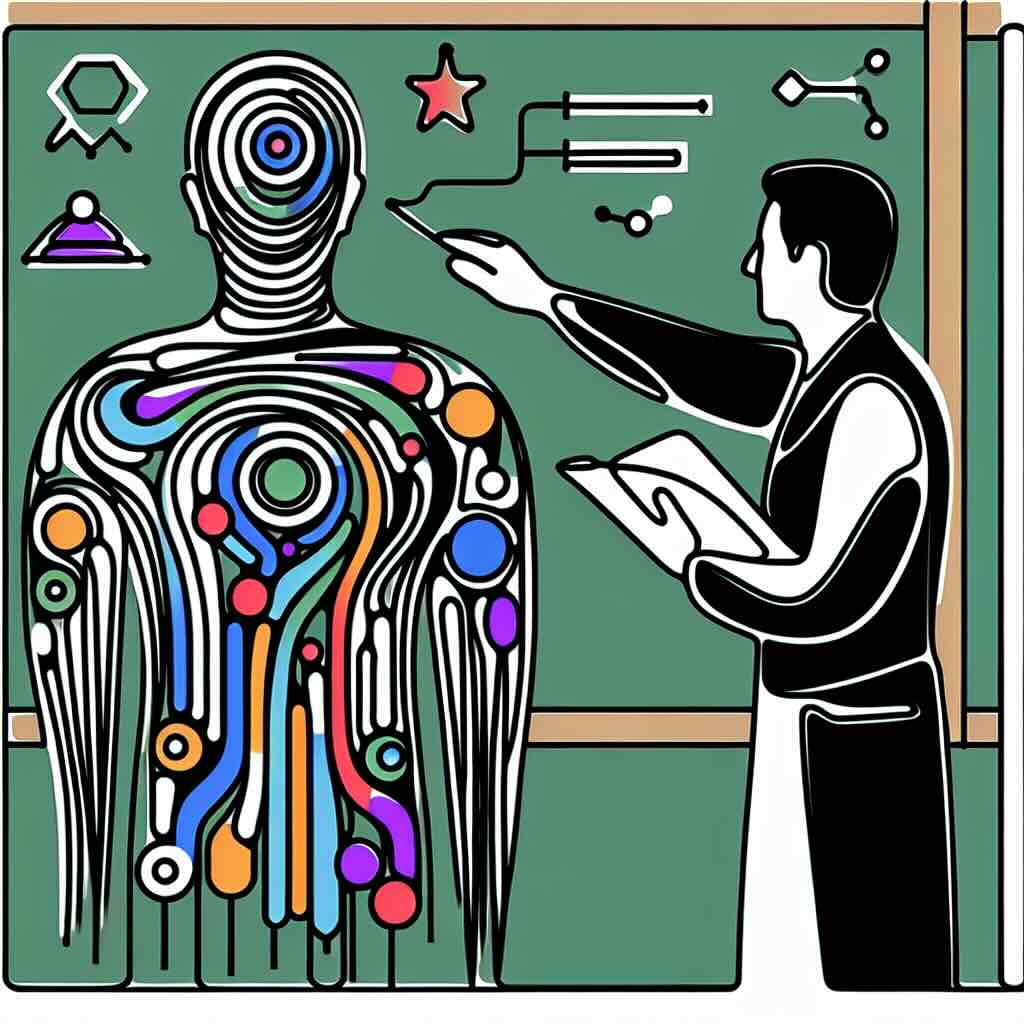developing professional resilience and helping an instructional designer to stay ahead of their practice
Navigating the turbulent waters of change can be challenging for instructional designers. This blog post explores strategies for building resilience to thrive amidst evolving educational landscapes.
Table of Contents
1. Introduction: The Importance of Resilience in Instructional Design
2. Embracing Flexibility
3. Leveraging Technology
4. Communicating Effectively
5. Continuous Learning and Reflection
6. Benefits of Building Resilience
7. Risks Involved
8. One Thing You Can Try Today
9. Conclusion
10. Try it yourself
11. Related Topics
Introduction: The Importance of Resilience in Instructional Design
Change is a constant in the field of instructional design, driven by technological advancements, shifting educational goals, and evolving learner needs. Building resilience is crucial to ensure that instructional designers remain effective and innovative. Resilience enables instructional designers to adapt to new challenges, reframe difficulties as opportunities for growth, and sustain a positive mindset amidst uncertainties.
Embracing Flexibility
A key component of resilience is flexibility. Being flexible allows instructional designers to adjust their strategies and methodologies swiftly in response to changes. This might involve reworking content delivery methods, adopting new instructional tools, or reassessing learning outcomes. Embracing a flexible approach ensures that instructional designers can maintain relevance and effectiveness even as circumstances shift.
Leveraging Technology
The rapid pace of technological advancement presents both challenges and opportunities for instructional designers. Remaining resilient in times of change often hinges on an instructional designer's ability to leverage new technologies. This could involve harnessing the power of learning management systems, virtual reality, or collaboration tools to enhance learning experiences. By staying informed about emerging technologies and exploring how they can be integrated into instructional design, designers can stay ahead of the curve.
Communicating Effectively
Clear and effective communication is essential for building resilience. Instructional designers must be adept at conveying their ideas and expectations to both learners and stakeholders. This involves not only delivering instructions and feedback effectively but also listening and responding to the needs and concerns of others. Strong communication builds trust, fosters collaboration, and ensures that all parties are aligned and working towards common goals.
Continuous Learning and Reflection
Resilient instructional designers are committed to continuous learning and self-reflection. Staying updated, and critical, of the latest trends, research, and best practices in instructional design helps maintain both an edge and an interest in the evolving field. Moreover, regularly reflecting on one's work and seeking feedback can offer valuable insights into what works well and what needs improvement. This commitment to growth cultivates adaptability and resilience over time.
Benefits of Building Resilience
Building resilience offers numerous benefits, including enhanced adaptability, sustained productivity, and improved mental well-being. Resilient instructional designers are better equipped to navigate obstacles, maintain their creativity, and stay motivated even in challenging times. This ultimately leads to more effective and impactful instructional design outcomes, benefiting both learners and educational institutions.
Risks Involved
While building resilience has considerable benefits, it is essential to acknowledge the risks involved. Overextending oneself in the pursuit of resilience can lead to burnout. Additionally, a rigid adherence to new strategies without adequate testing might result in ineffective instructional design. It's important to strike a balance between resilience and self-care, and to ensure new methods are thoroughly evaluated.
One Thing You Can Try Today
Identify one area of your current project where flexibility can be applied. For example, if you're working on a course module, consider alternative content delivery methods. Try out a different approach, such as using an interactive tool or multimedia content. Reflect on the impact of this change and note any feedback from learners to gauge its effectiveness.
Conclusion
Building resilience in instructional design is pivotal in thriving amidst times of change. By embracing flexibility, leveraging technology, communicating effectively, and committing to continuous learning and reflection, instructional designers can adapt and flourish in dynamic environments.
Try it yourself
1. Identify a recent technological advancement and research how it can be applied to your instructional design projects.
2. Set aside 10 minutes every day for self-reflection to assess what worked well and what could be improved.
3. Reach out to a colleague or join a professional community to share insights and gather new perspectives.
Related Topics
- Instructional Design Trends
- Adapting to Remote Learning
- Effective Communication Strategies in Education
- The Role of Technology in Modern Learning
- Strategies for Lifelong Learning







